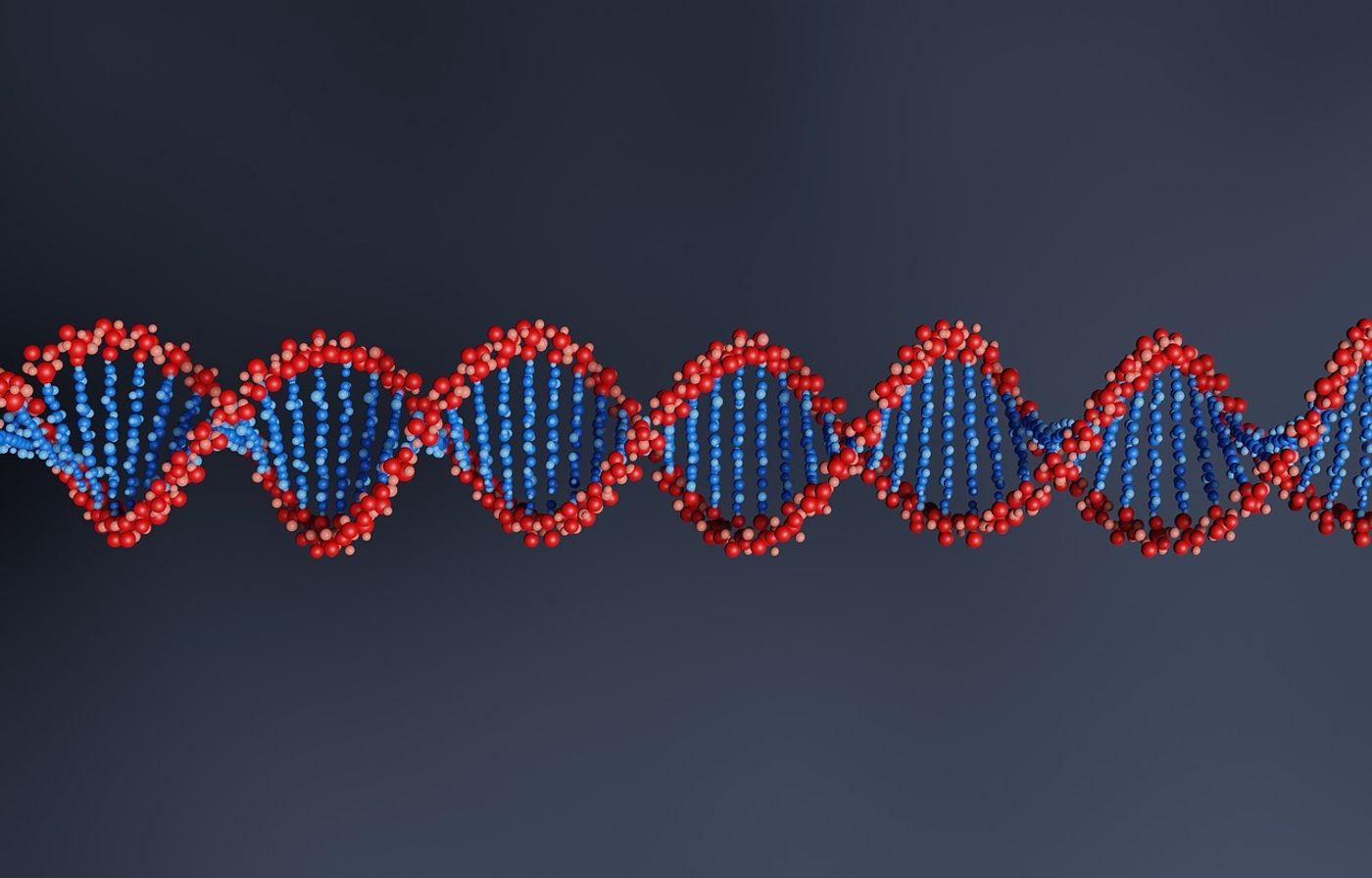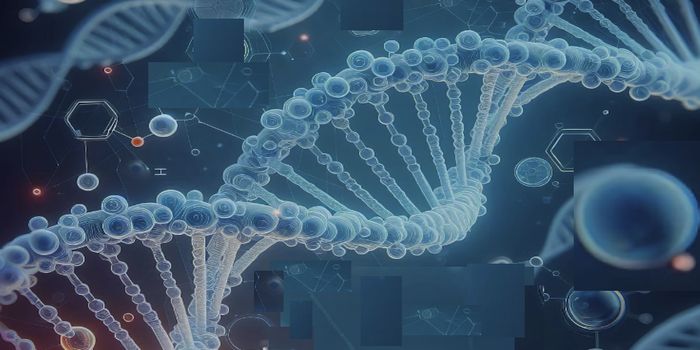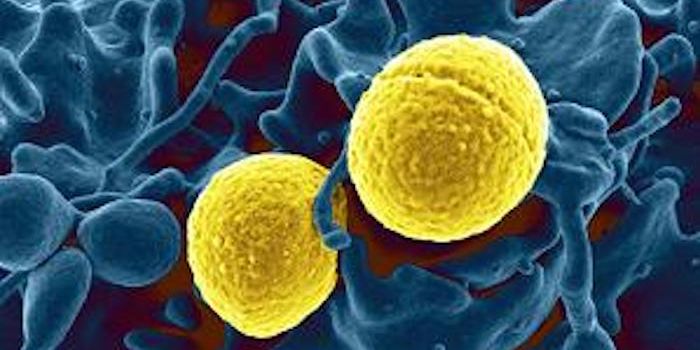Newly ID'ed Disease Explains Some Liver & Kidney Dysfunction
Some people with unexplained liver and kidney issues may now have an answer. Researchers have found that mutations in a gene called TULP3 can cause kidney and liver failure, leading to the establishment of TULP3-related ciliopathy. Kidney and liver failure may occur for unknown reasons, making the conditions difficult to treat. When there are mutations in TULP3, fibrosis seems to be promoted in the liver and kidney. People with this condition often need an organ transplant.
In this study, which was reported in the American Journal of Human Genetics, the researchers assessed liver biopsies, health and genetic data, from patients with unexplained liver and kidney disease. Over half of the individuals had already experienced organ failure and a transplant, and their condition was poor. Urine samples were also used to generate cell lines that were studied in the lab.
After this study, fifteen patients were diagnosed with the disorder. "We were surprised at how many patients we were able to identify with TULP3-related ciliopathy," noted co-corresponding study author Professor John Sayer of Newcastle University. "This would suggest that the condition is prevalent within those with liver and kidney failure.
The study could have a massive influence on the management of cases, and may lead to improved diagnosis and management of kidney and liver disease for some individuals, added Sayer. In addition, "... finding a genetic cause of liver or kidney failure has huge implications for other family members, especially if they are wishing to donate a kidney to the patient."
One study volunteer has dealt with health issues for most of her life. She was sick as a child, and was diagnosed with liver failure by age 11. Successful treatment staved off the need for a liver transplant until 1994. She was recently diagnosed with kidney failure. The samples she provided for this research have now led to some clarity; she was one of the people diagnosed with TULP3-related ciliopathy.
"It is brilliant to finally have an answer to my life-long questions: Why has this happened to me and why do I have this condition," noted patient Linda Turnbull, who is an advocate and governor for the Liver North charity.
Ciliopathies are so-named because they are caused by dysfunction in the cilium, an appendage found on most cell types, which acts like a kind of signaling antenna. Researchers have been learning more about ciliopathies in recent decades.
Sources: Newcastle University, American Journal of Human Genetics









